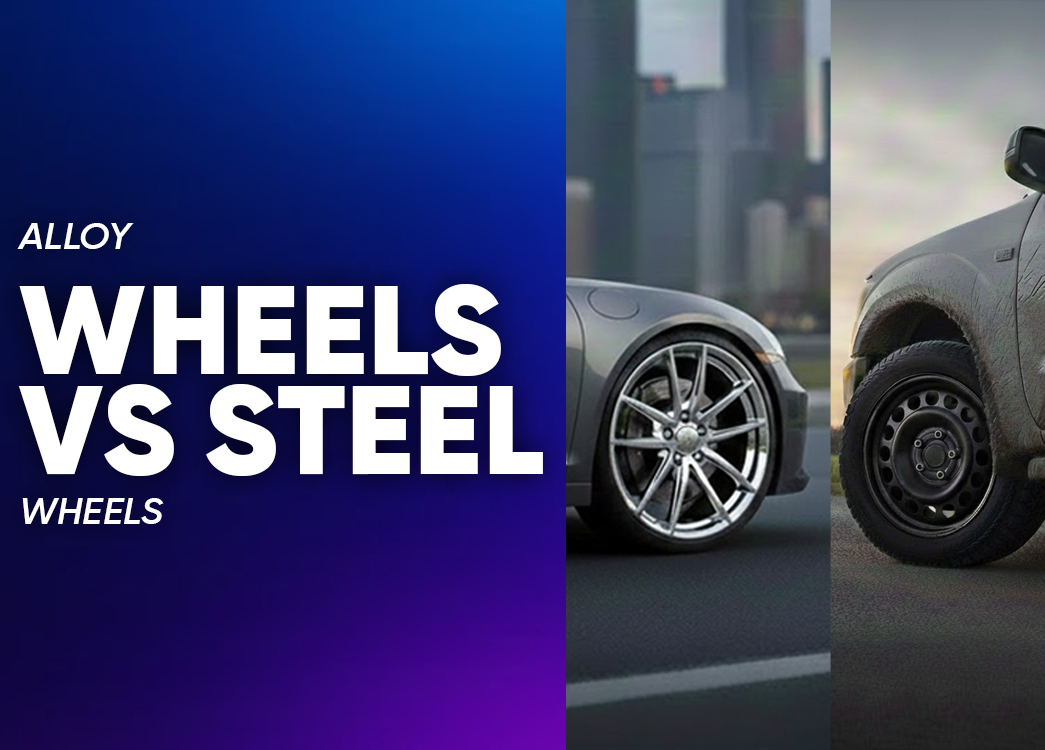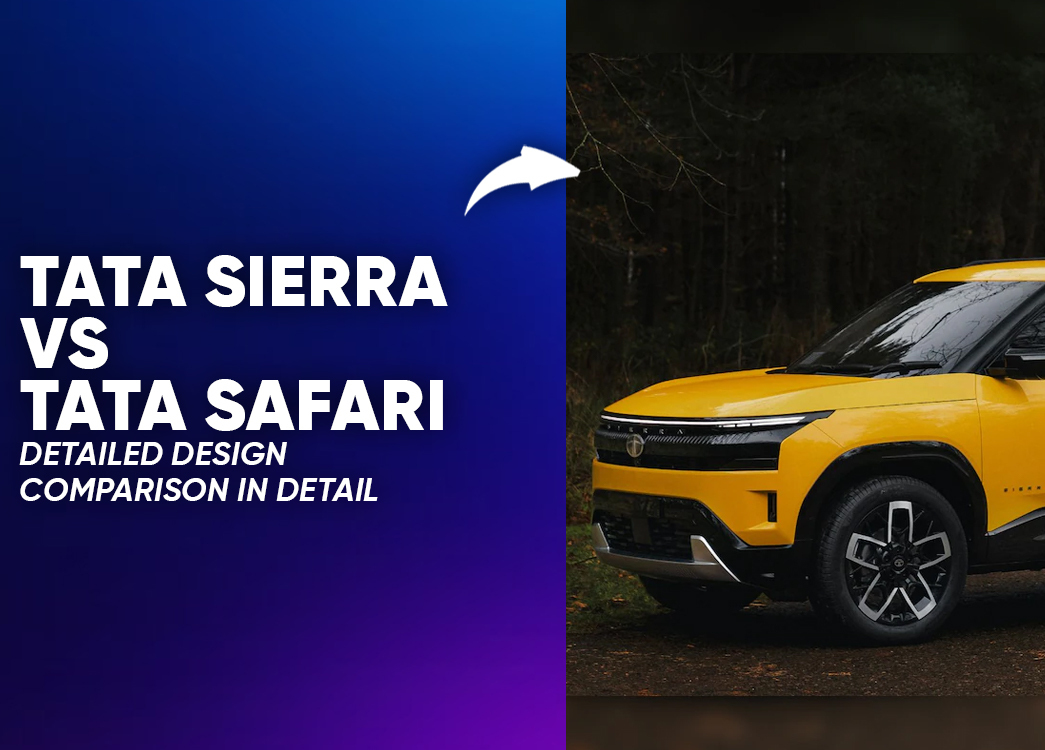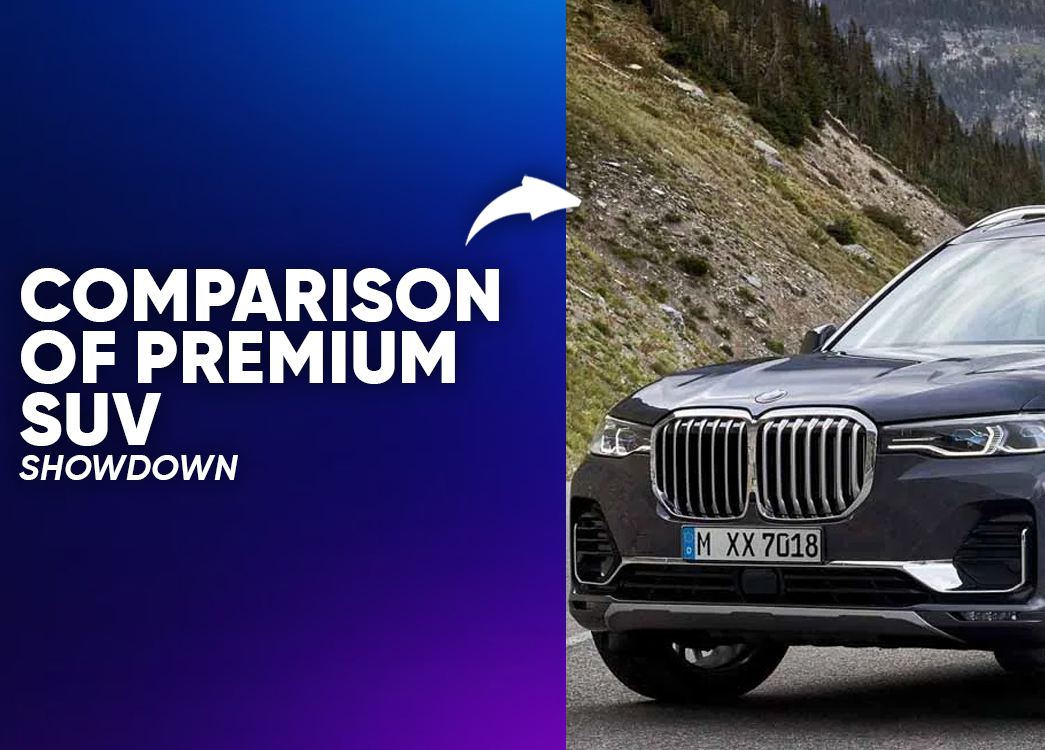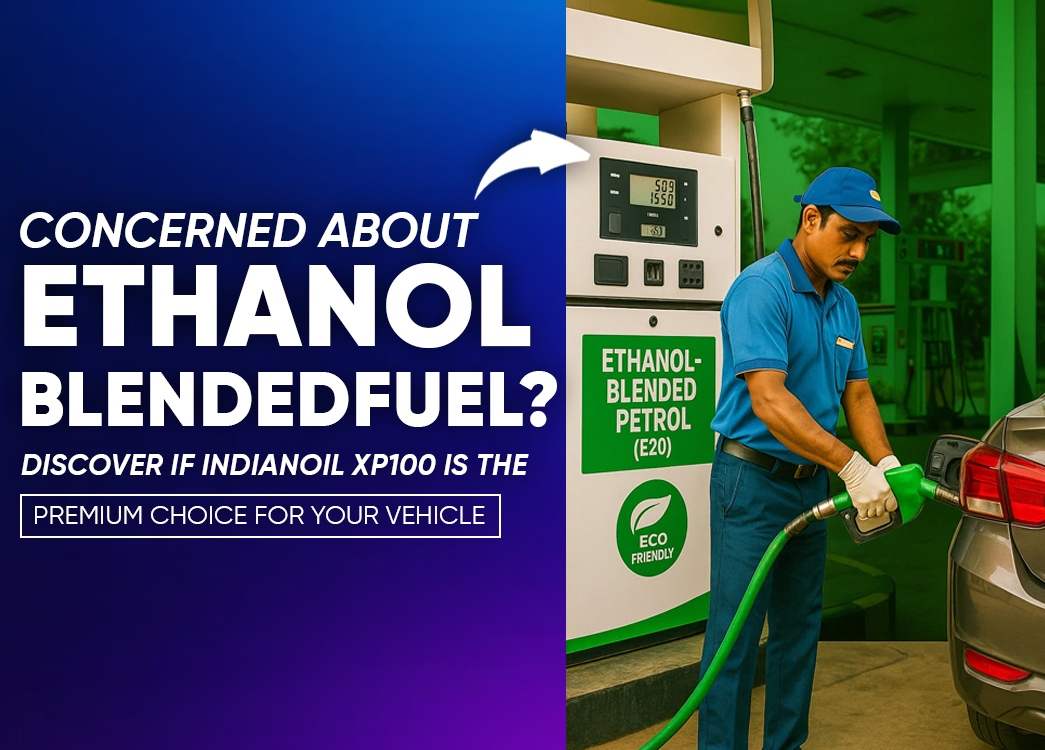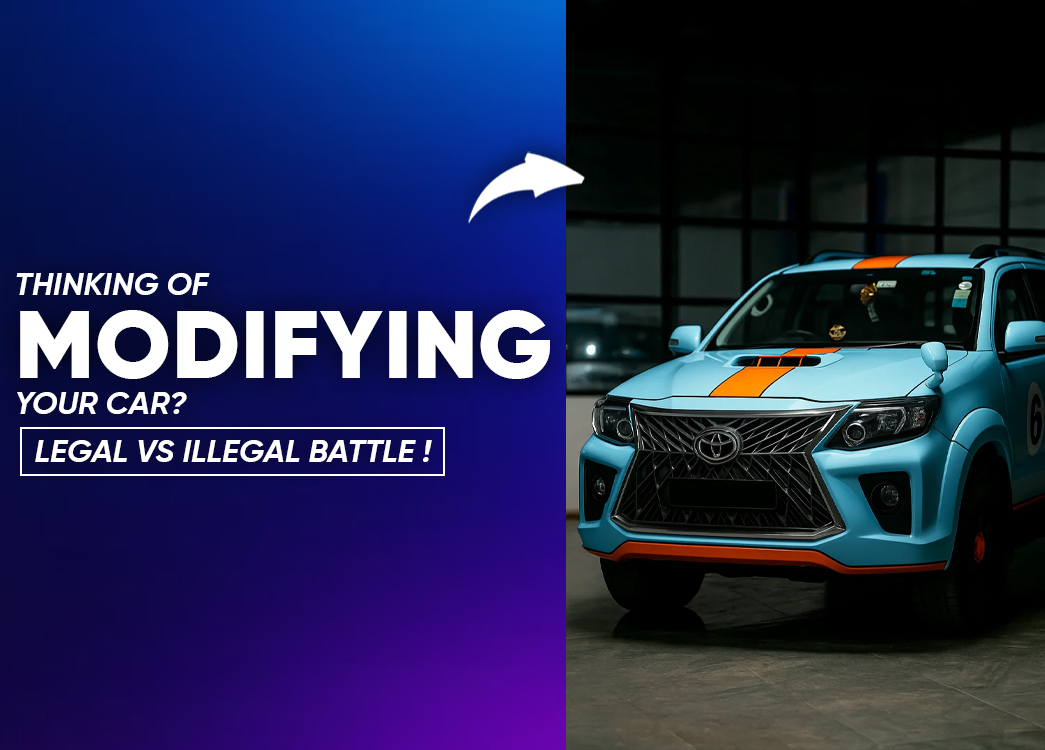
By creckk On 21-07-2025 at 11:17 am
Nitrogen vs Normal Air: Does It Really Matter for Your Tires in 2025?
Understanding the Composition of Tire Fill Options
In the realm of automobile maintenance, even the air inside your tires requires scrutiny. Most standard air comprises 78% nitrogen, 21% oxygen, and trace amounts of moisture and other atmospheric elements. Nitrogen tire inflation, by contrast, offers air that's up to 95% nitrogen drier, purer, and more stable under pressure fluctuations.
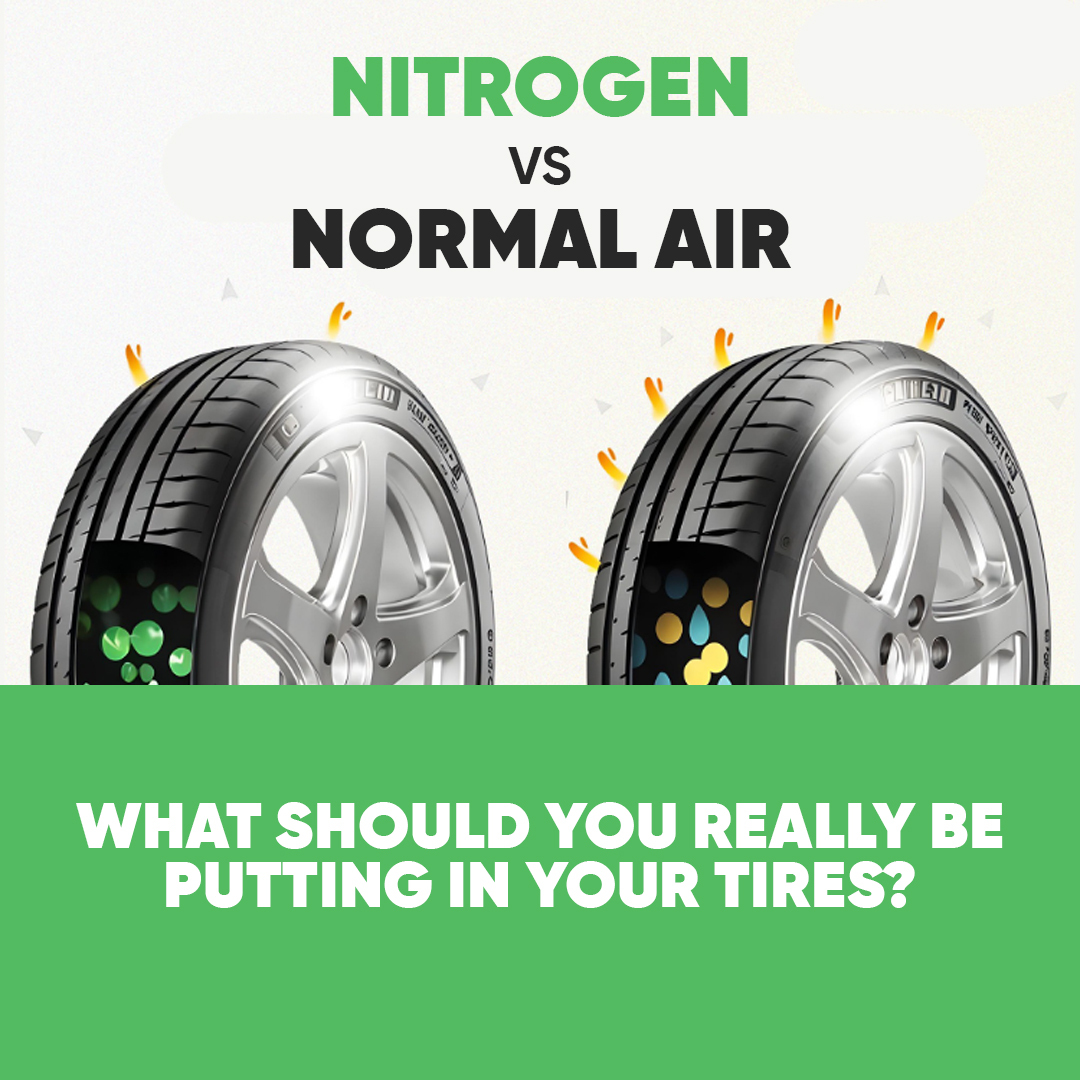
Normal Air: A Practical, Cost-Effective Choice
Filling your tires with standard air readily available at most service stations is a pragmatic approach, especially for urban commuters. While oxygen may leak slightly faster over time and moisture can cause minor pressure variation, it remains a reliable, almost cost-free solution for most vehicles.
Nitrogen: Enhanced Stability and Reduced Maintenance
Professionals who drive long distances or seek performance consistency may opt for nitrogen. Its lower moisture content and stable expansion under temperature changes allow for reduced pressure loss over time. However, it comes at a modest premium typically ₹30-₹50 per tire and requires dedicated service facilities for refills and maintenance.
Performance vs. Practicality: Does It Truly Matter?
To be clear, the benefits of nitrogen are not fictional they exist, but they are incremental. For an average user navigating city roads, these gains may be negligible. It is more about operational consistency than measurable improvement in mileage or tire longevity.
Cost Considerations and Maintenance Habits
The core argument lies in frequency and precision. If you monitor your tire pressure closely and prefer fewer top-ups, nitrogen serves you well. But if vehicle upkeep is limited to essential checks, normal air suffices without compromising safety or efficiency.
Psychological Burnout in Vehicle Decision-Making
Every automotive decision however small adds to the growing list of daily adult responsibilities. Whether it’s tire pressure or insurance premiums, modern consumers face decision fatigue. Choosing between nitrogen and air shouldn't be another mental burden.
Situational Recommendation
Use Nitrogen If: You prioritize long-term consistency, regularly travel, and wish to avoid frequent refills.
Use Normal Air If: You drive occasionally, maintain tires during service visits, and value convenience over microscopic performance improvements.
Conclusion: Simplify Where Possible
Both options are viable. Your vehicle will perform adequately under either. What matters more is maintaining correct tire pressure regularly preferably every 15 20 days regardless of the fill medium. Choose what aligns best with your routine, not just marketing claims.
FAQs
Q1. Is nitrogen truly superior?
It retains pressure longer and is less affected by temperature, but its real-world impact for daily drivers is limited.
Q2. Will nitrogen improve mileage?
Marginally beneficial primarily for high-mileage users, not routine city drivers.
Q3. Can you mix air with nitrogen?
You can, but it dilutes the benefits of nitrogen. If so, stick with regular air moving forward.
Q4. Is nitrogen worth the cost?
If you value fewer top-ups and long-term tire health, perhaps. If not, invest elsewhere.
Q5. Do premium cars need nitrogen?
Preferred, not required. Regular air suffices if the tire is maintained properly.
Q6. Does nitrogen extend tire life?
It may, by reducing oxidation. However, benefit shows only with consistent, overall tire maintenance.
Q7. What happens if I switch back to air?
No significant effect. Your tire adapts. Routine maintenance matters more.
Q8. How often should tire pressure be checked?
Every 15-20 days. Pressure loss is gradual but constant, regardless of the medium used.
Related posts
